Industrial & Logistics
We design the places where things are made and supplied to the world. We help our clients implement innovative and effective solutions with a cross-functional approach that harnesses sustainable strategies, human experience, and digital design.
Freeman Masterplan, , Durango, Mexico
“
Industrial design is no longer hidden behind walls. Facilities are becoming showcases for innovation, sustainability, and talent attraction.
—Madeliene Hilton, Industrial & Logistics leader
10 Items
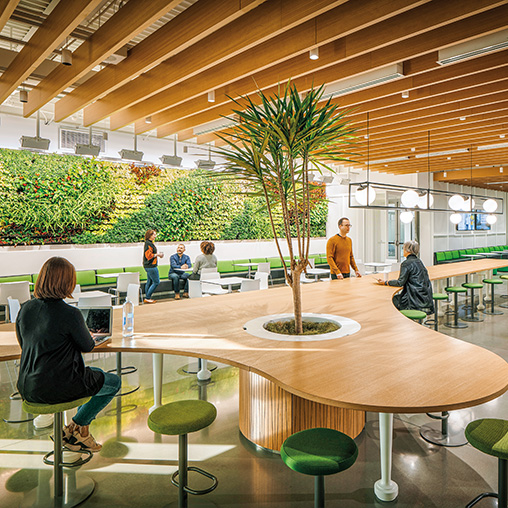
Ericsson USA 5G Smart Factory
Ericsson’s USA 5G Smart Factory moves manufacturing closer to their consumers and prioritizes operational efficiency.
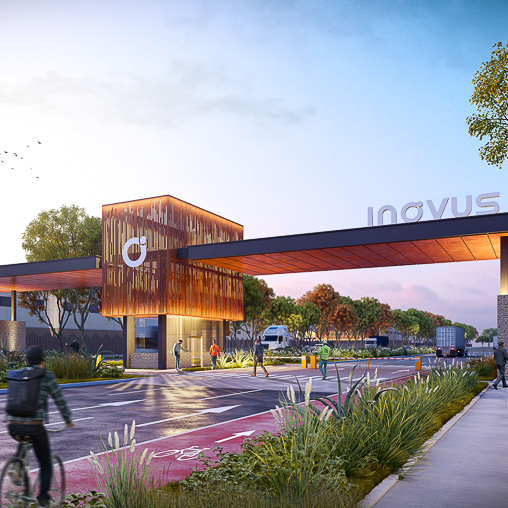
Inovus
Reynosa, Tamaulipas, Mexico
The Inovus project in Reynosa, Tamaulipas, is set to become a catalyst for regional innovation and is the first project in Mexico to integrate hospitality into
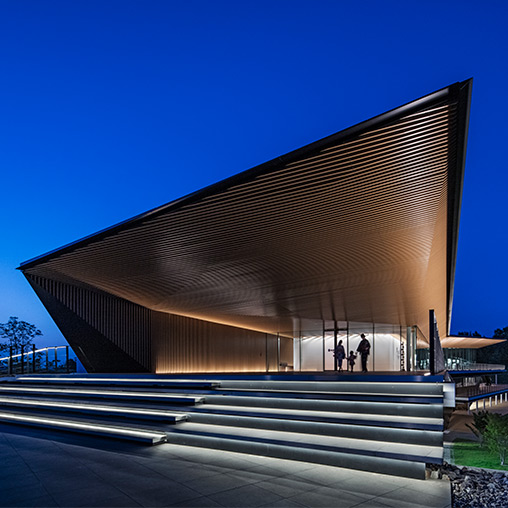
MARUWA Seto Factory
Seto, Aichi, Japan
As a global leader in ceramic materials for electronics, MARUWA partnered with Gensler to transform their Seto, Japan factory into a cutting-edge global hub, revitalizing a site once known for illegal dumping.
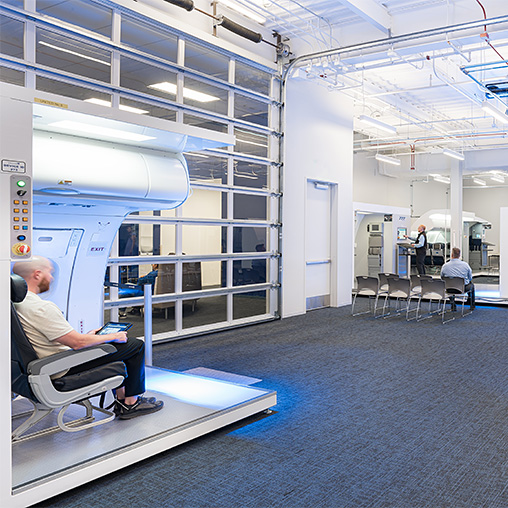
United Airlines Inflight Training Center
Houston, Texas
The United Airlines Inflight Training Center at George Bush Intercontinental Airport bolsters training flight attendants through classrooms and practice spaces.
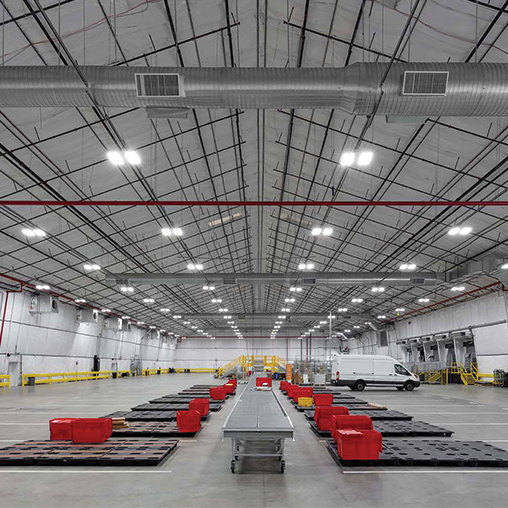
Logistics Client Fulfillment Center
Queens, New York
First of its kind, column free, pre-fabricated membrane fulfillment center in New York City offering optimal tenant flexibility.
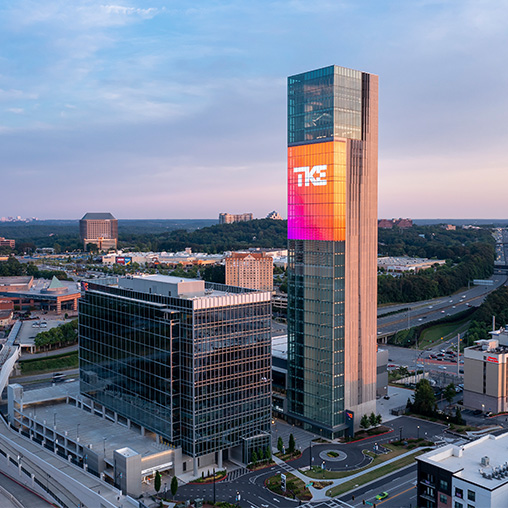
TK Elevator North America Regional Business Support Center
Atlanta, Georgia
TK Elevator’s North America Regional Business Support Center is an innovation and talent hub in Atlanta featuring the tallest elevator test tower in the U.S.
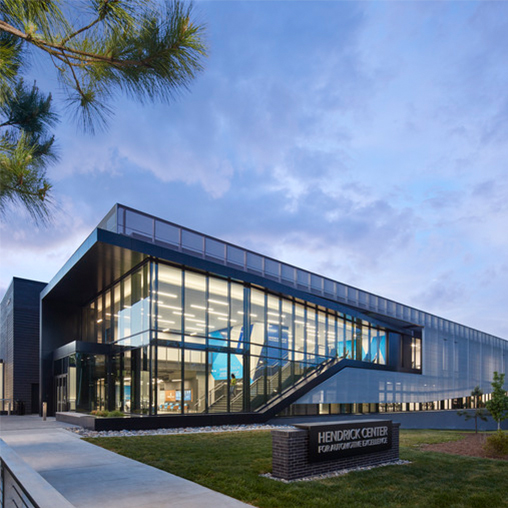
Wake Tech Community College Hendrick Center for Automotive Excellence
Raleigh, North Carolina
The Wake Tech Community College Hendrick Center for Automotive Excellence facility not only addresses a growing student population, but showcases one of the most advanced automotive shop spaces in the region.
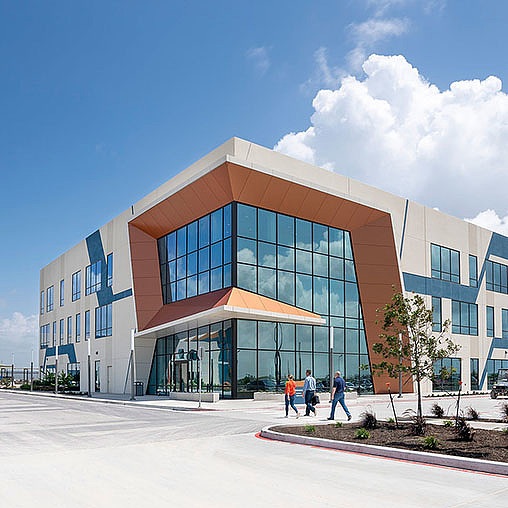
Confidential Plastics Manufacturing Facility
Gregory, Texas
With a focus on the human experience, this confidential client developed a 28-acre plastics manufacturing facility with an efficient and effective design led by Gensler.
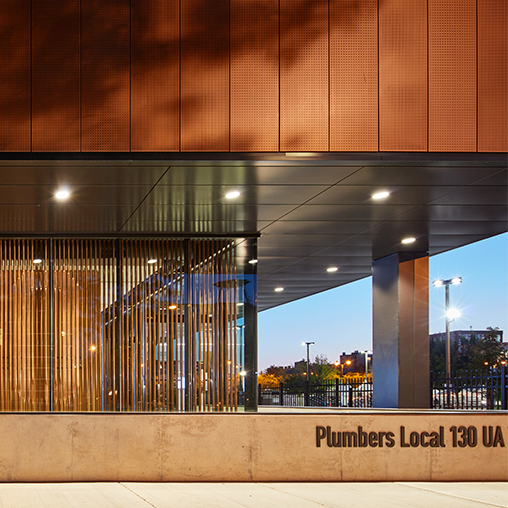
Plumbers Local 130 UA Training Center
Chicago, Illinois
The Plumbers Local 130 UA unites people, place, and process to create a training facility that attracts and inspires new generations of plumbers. Materials...
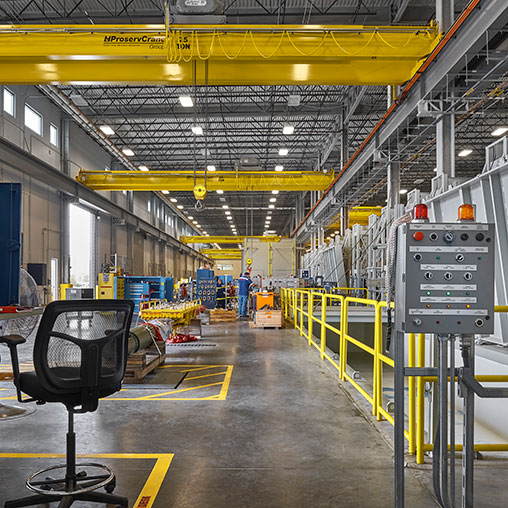
TechnipFMC at John T. Gremp Campus
Houston, Texas
Gensler worked with this oil field services client to analyze real estate options and bring together the workplace with manufacturing on one campus.
INSIGHTS
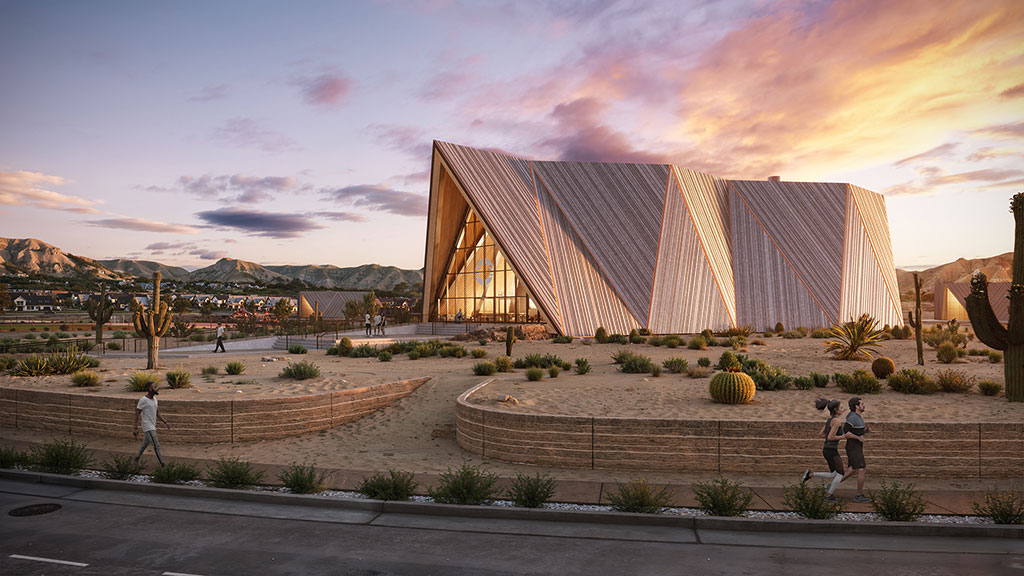
Blog
The Future of Energy: How Small Modular Reactors Are Changing the Game
As the global demand for energy soars, small modular reactors are emerging as a key player in the race to meet this need with clean, efficient power.
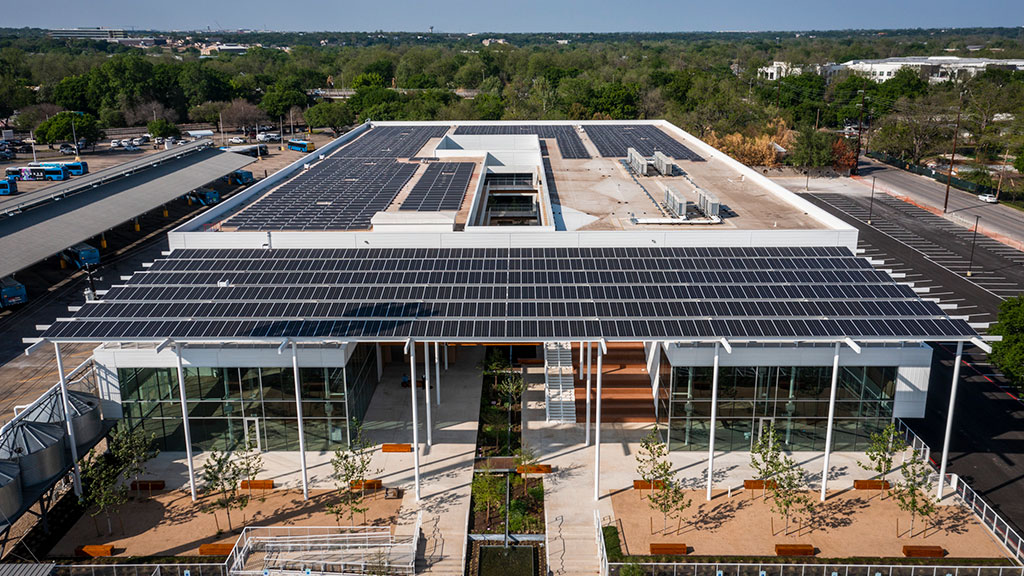
Blog
Trends Shaping the Industrial Market in Latin America
We explore some of the key trends, innovation, and strategic design shaping the industrial sector in the region.
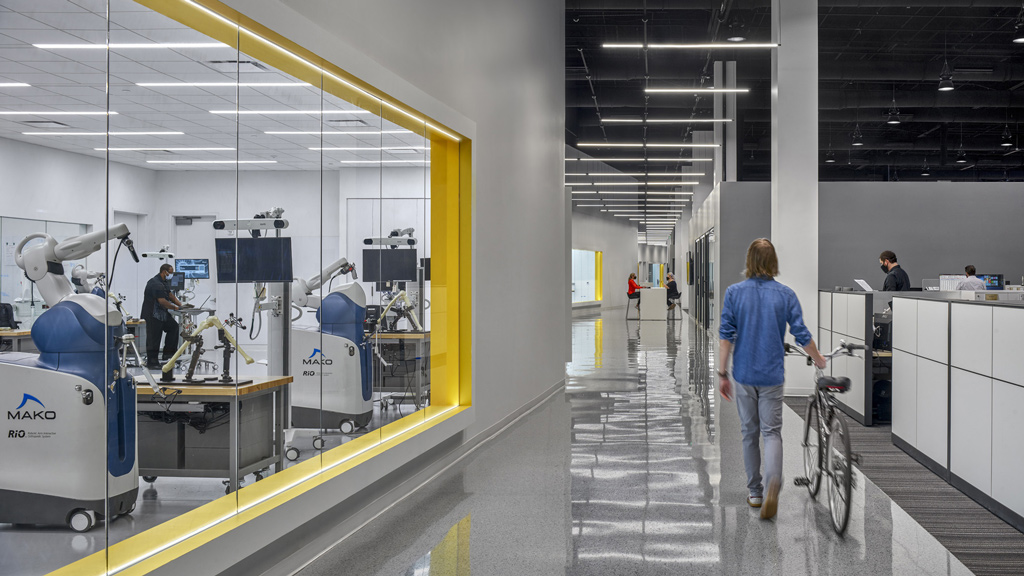
Blog
Smart Design for Smart Manufacturing: Five Ways Manufacturing Has Evolved
In a market poised for significant growth, these markers of change present opportunities in both the near and long-term.
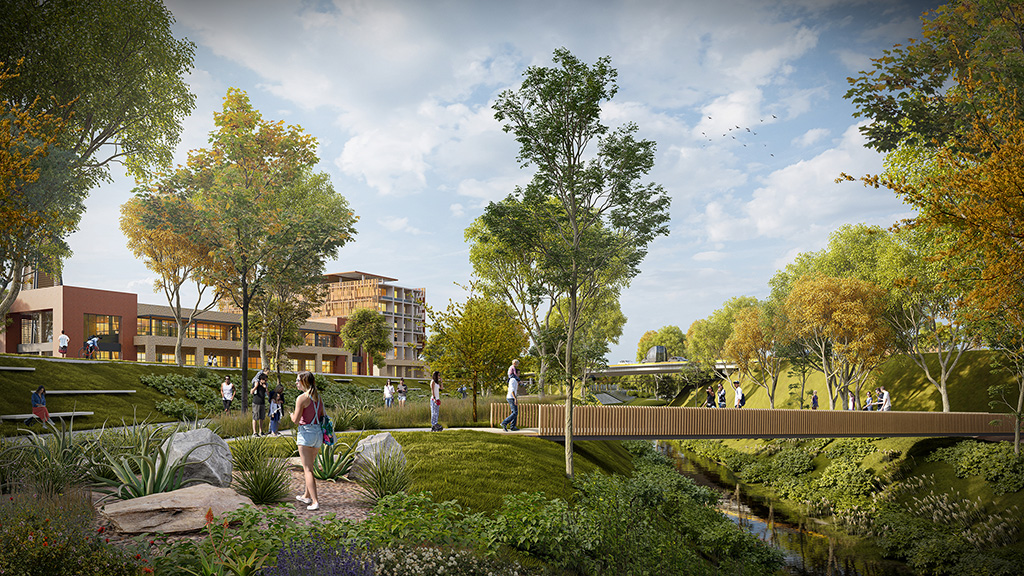
Blog
A New Story of Design Starts in Monterrey, Mexico
With its vibrant academic scene and growing industrial and logistic businesses, Monterrey is one of the bright spots in a booming Mexican economy.
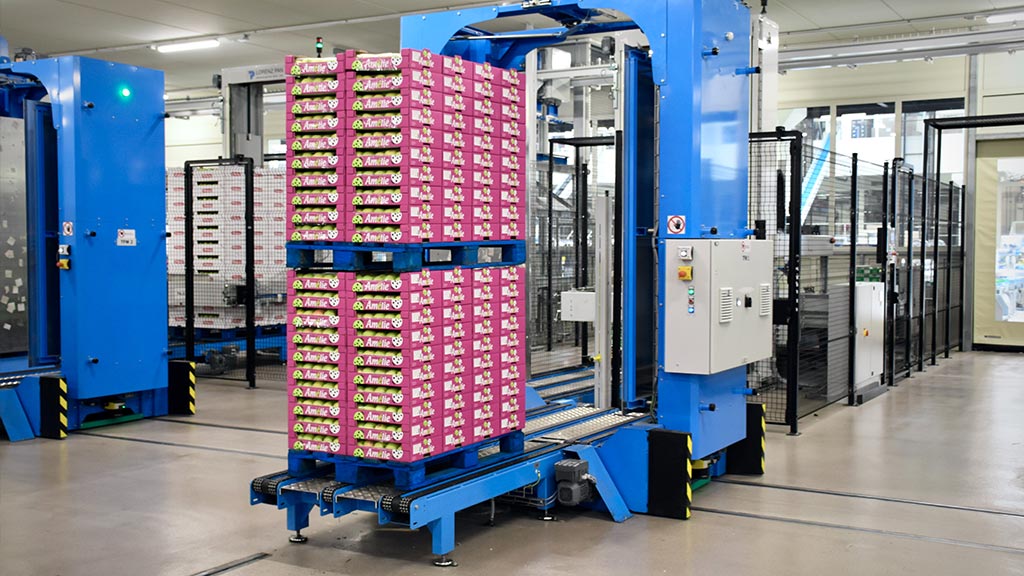
Blog
Micro-Fulfillment: The Next Step to Faster, More Efficient Last-Mile Delivery
As more people shop online, micro-fulfillment strategies can improve delivery times. Here are five considerations to meet the challenges of last-mile delivery.
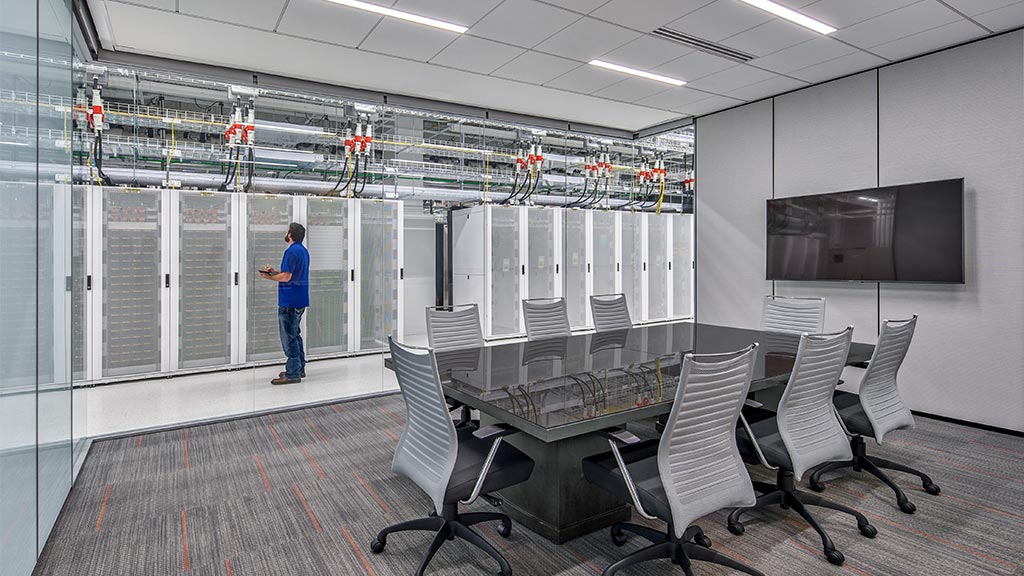
Blog
The Impact of Artificial Intelligence on Data Center Design
The increased demands on data centers to perform AI computing is driving architects, engineers, and owners to find innovative design solutions.
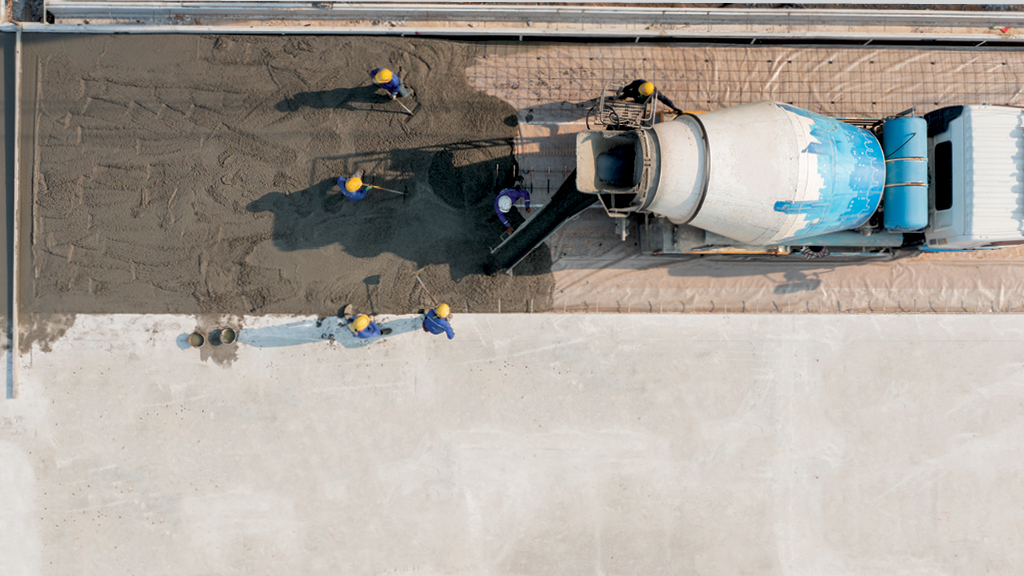
Research
Designing for Lower Carbon Concrete in Data Center Constructions
The construction boom of data centers raises questions about their carbon footprint. We convened industry experts to understand how we can reduce the embodied carbon of data centers with lower carbon concrete.
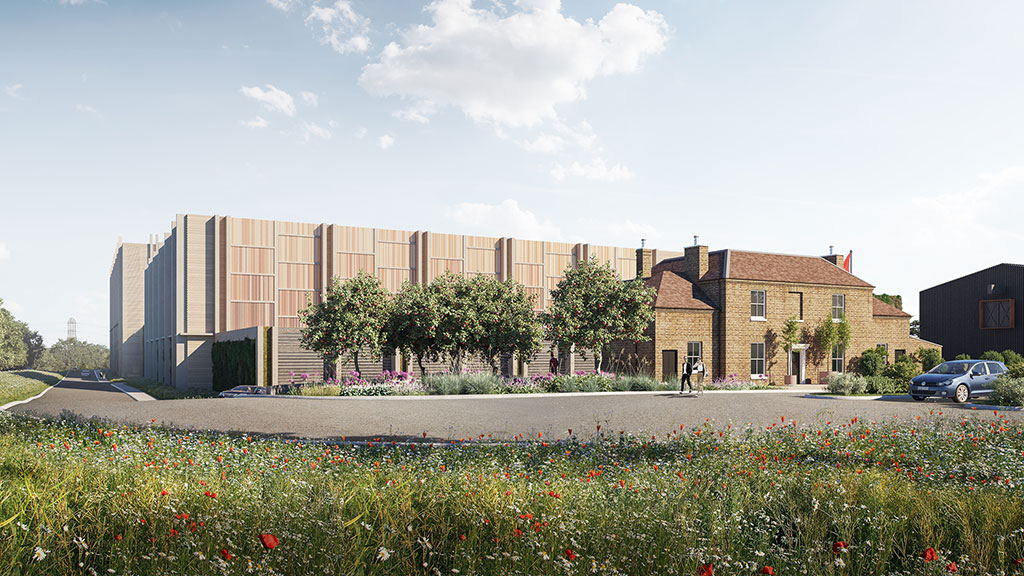
Blog
Data Centres and the Forgotten Landscapes of Digital Infrastructure
Through regenerative design, we can change the perception of data centres from ‘bad neighbour’ developments to community assets.
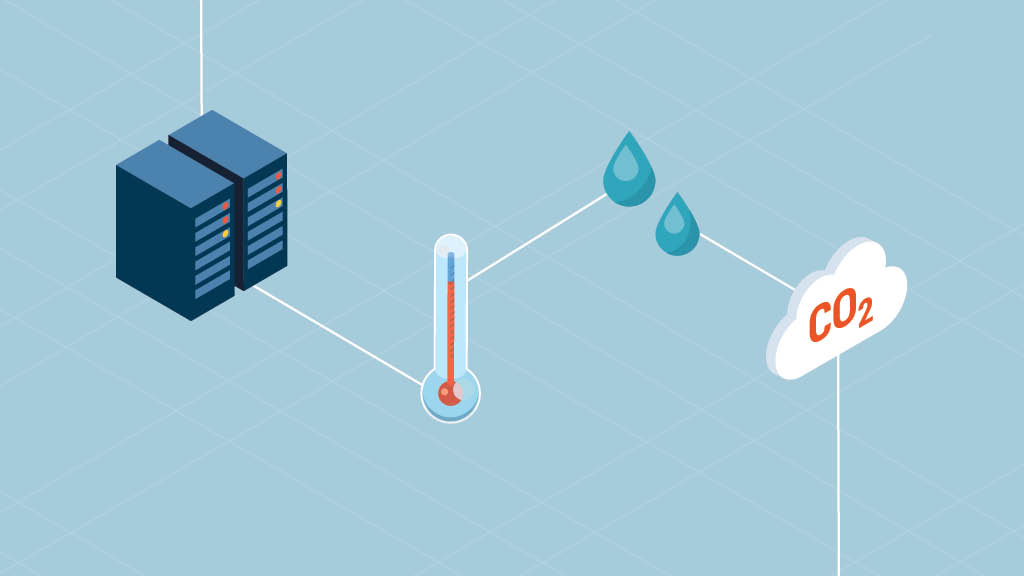
Research
Utilizing Waste Heat From Data Centers
We interviewed expert engineers and conducted case study reviews to understand how to reduce the steep environmental costs related to the energy consumption and carbon emissions from waste heat.
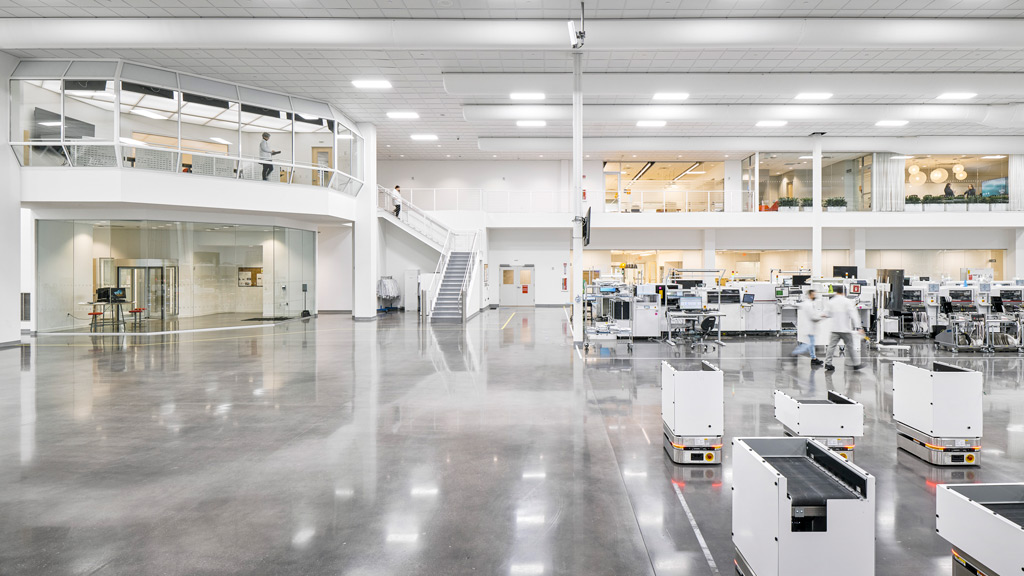
Blog
An Evolving Practice: Industrial Architecture
Today, we are seeing production and logistics facilities pop-up closer to, and even within, our cities and communities.

Blog
Using Algae to Offset the Carbon Cost of Data Centres
Data centres use about 1% of the planet’s electricity and are responsible for about 0.25% of the world’s carbon footprint. What if there were a way to capture those carbon emissions within the building itself?
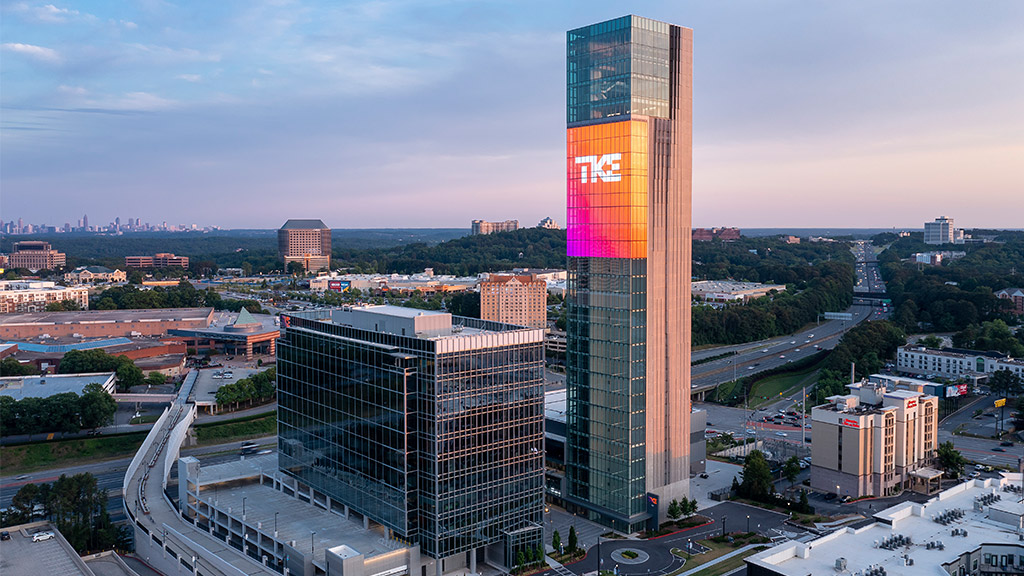
Blog
How TK Elevator’s New Workplace Spurs Connectivity Through Experiential Design
TK Elevator’s North America Regional Business Support Center merges experiential design with interactive spaces to achieve brand awareness and amplify community connection.
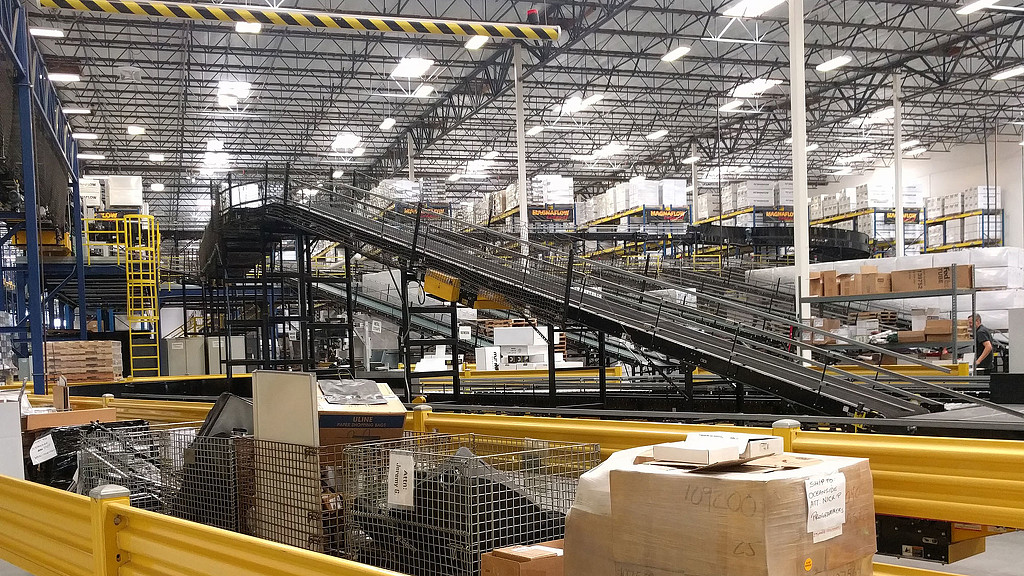
Blog
Distribution Center Design and Last-Mile Logistics
Here are five considerations for setting up a successful logistics center that will meet the challenges in last-mile delivery.
Trends in Industrial & Logistics
Industrial campuses are talent magnets, not just production hubs.
Manufacturing jobs compete with tech and service industries for skilled workers. Facilities designed with daylight, wellness, green space, and collaborative workplaces redefine industrial real estate as an aspirational workplace that attracts and retains talent.
Robotics and automation redefine the campus footprint.
Autonomous vehicles, AI-driven logistics, and factory-floor robotics transform site planning, circulation, and human–machine interaction. Facilities adopt “machine-first” layouts with human zones for oversight and collaboration.
Energy independence drives design innovation in industrial real estate.
Grid instability and soaring energy demand push clients toward fully independent microgrids powered by renewables, modular reactors, or hydrogen. Campuses generate, store, and recycle energy on-site.
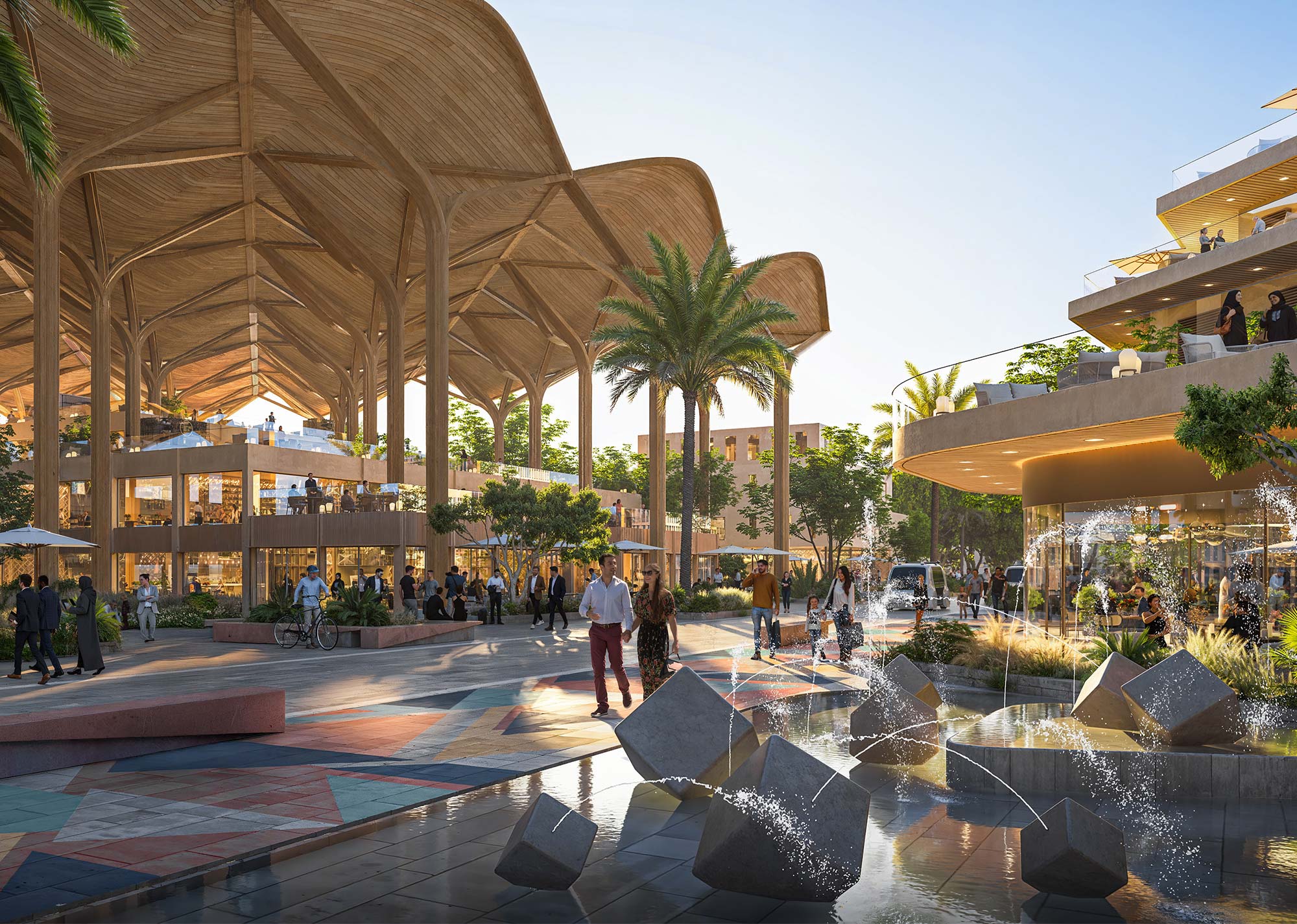
INDUSTRIAL & LOGISTICS LEADERSHIP

Madeleine Hilton
Managing Director, Industrial & Logistics Leader
Madeleine Hilton is the Managing Director of Gensler’s Birmingham office as well as a global leader in the Industrial & Logistics practice.
NEWS
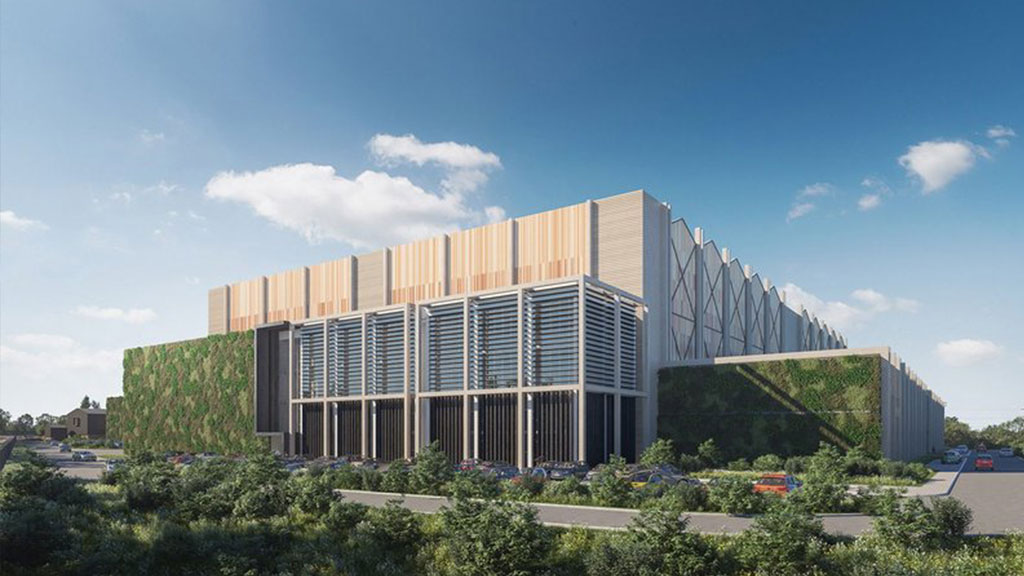
In The Media
![]() The RIBA Journal
The RIBA Journal
What Architects Can Do To Reduce Embodied Carbon in Data Centre Design
Gensler Industrial & Logistics Leader Madeleine Hilton explained how even small changes to the specification can lead to impactful change.
June 28, 2024
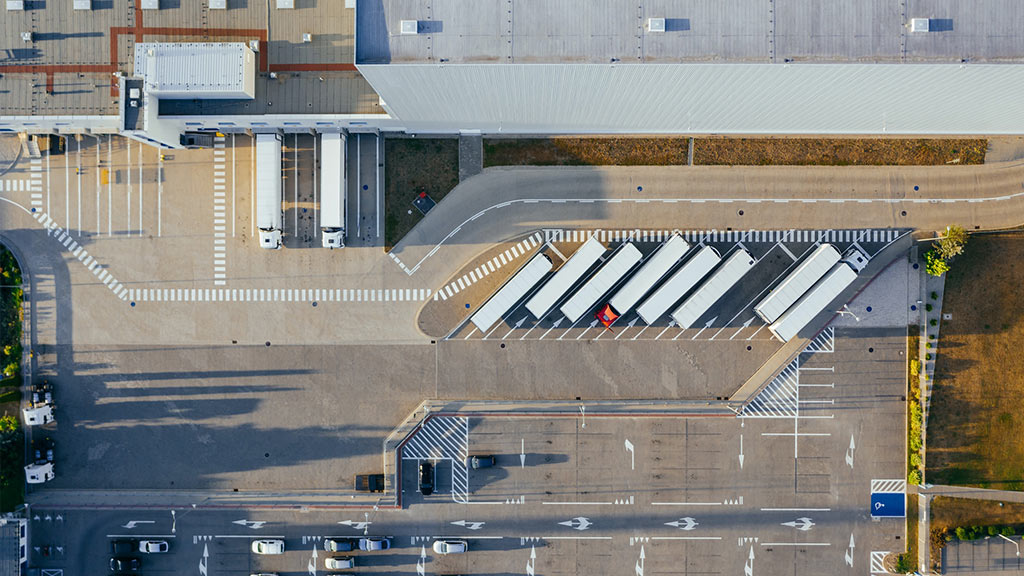
In The Media
![]() Building Design+Construction
Building Design+Construction
Gensler Ranked Among BD+C’s Top 10 Largest Industrial Sector Architecture Firms
Building Design+Construction ranked Gensler among the top 10 largest industrial facility sector architecture and architecture/engineering (AE) firms in the U.S. for 2023.
October 11, 2023

In The Media
![]() Commercial Observer
Commercial Observer
The Popularity of Converting Office Buildings Into Industrial Warehouse Product
Gensler’s Ben Koenig noted the most viable office-to-industrial conversions are offices that started their lives as industrial buildings.
June 20, 2023
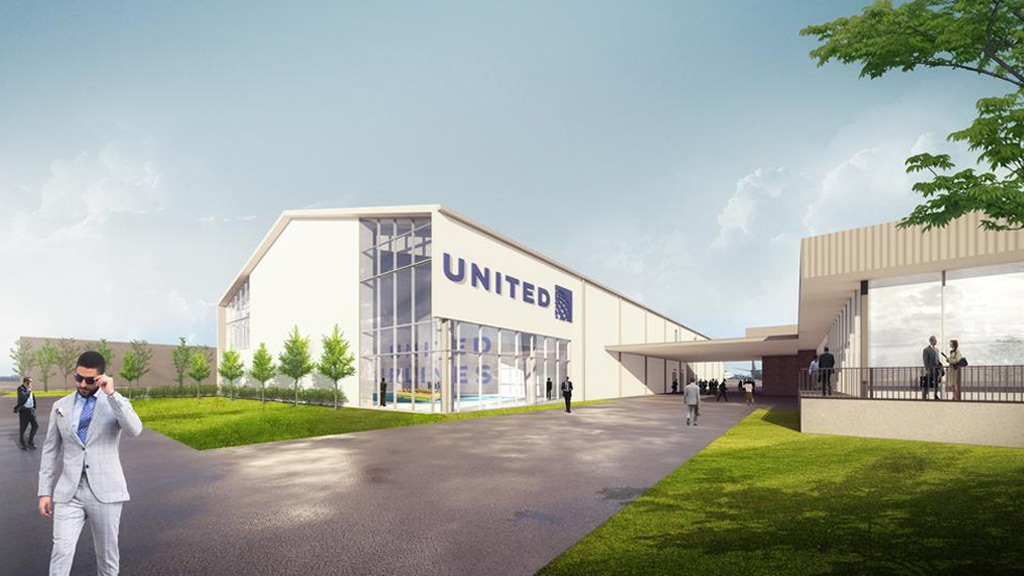
In The Media
![]() Houston Business Journal
Houston Business Journal
The $32 Million United Inflight Training Center, Designed by Gensler, Opens at Bush Intercontinental Airport
The 56,000-square-foot expansion includes new classrooms, cabin and door trainers, and an aquatic center for practicing safe water landing evacuations.
January 17, 2023
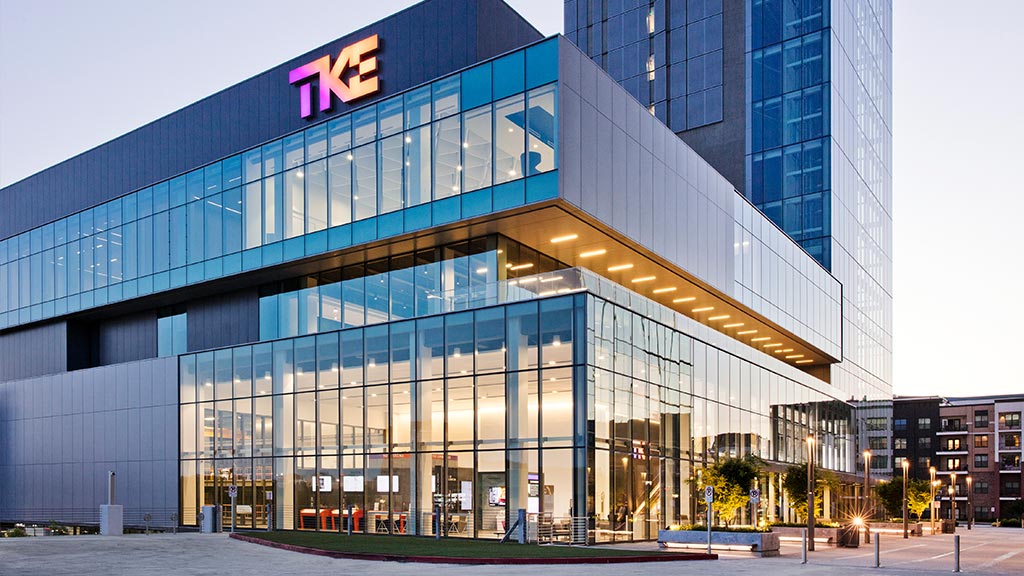
In The Media
![]() Global Design News
Global Design News
TK Elevator Brings a National Innovation and Talent Hub to Atlanta
Gensler’s design of the TKE North America Regional Business Support Center is a research and inspection hub for a diverse range of user groups and features a 420-foot tall elevator test tower.
December 29, 2022

In The Media
![]() The American Architecture Awards
The American Architecture Awards
TKE Regional Business Support Center Wins 2022 American Architecture Award
Designed by Gensler, TK Elevator features the tallest elevator test tower in the U.S. and creates a hub for innovation and talent in Atlanta.
December 10, 2022
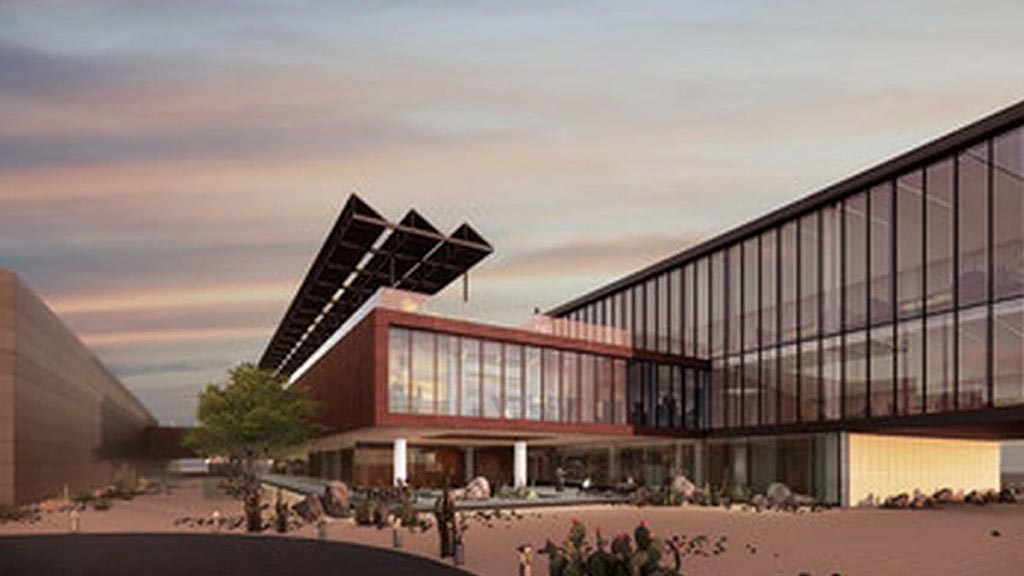
In The Media
![]() ABC7
ABC7
A New Headquarters for XNRGY
Gensler will design a state-of-the-art manufacturing facility and headquarters in Arizona for XNRGY.
January 25, 2022
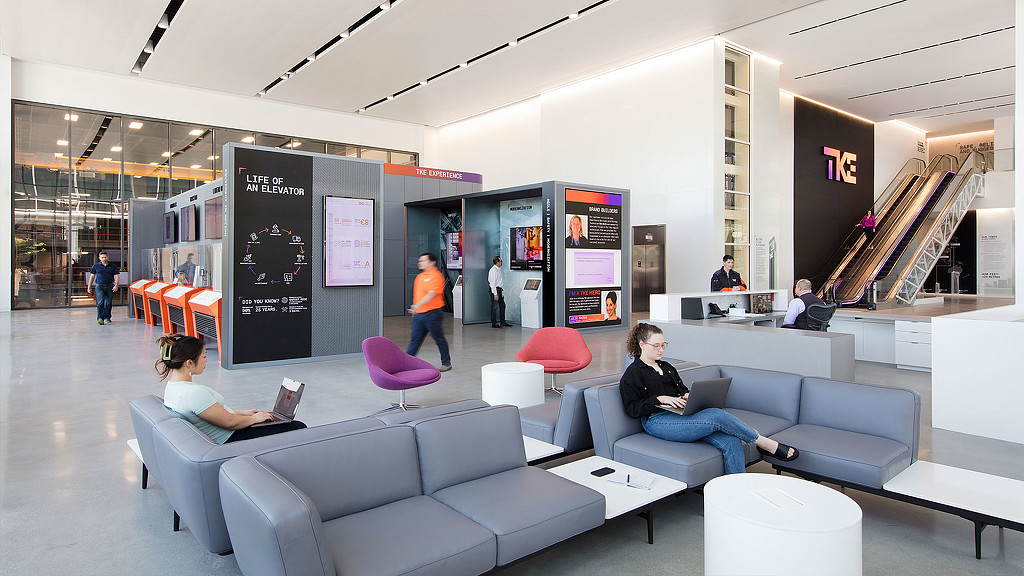
In The Media
![]() BisNow National
BisNow National
What Is Driving the Growing Demand for Industrial Projects?
Gensler’s leaders discuss the need for more industrial projects that incorporate more flexibility and advanced tech solutions to support future tenants.
January 28, 2021
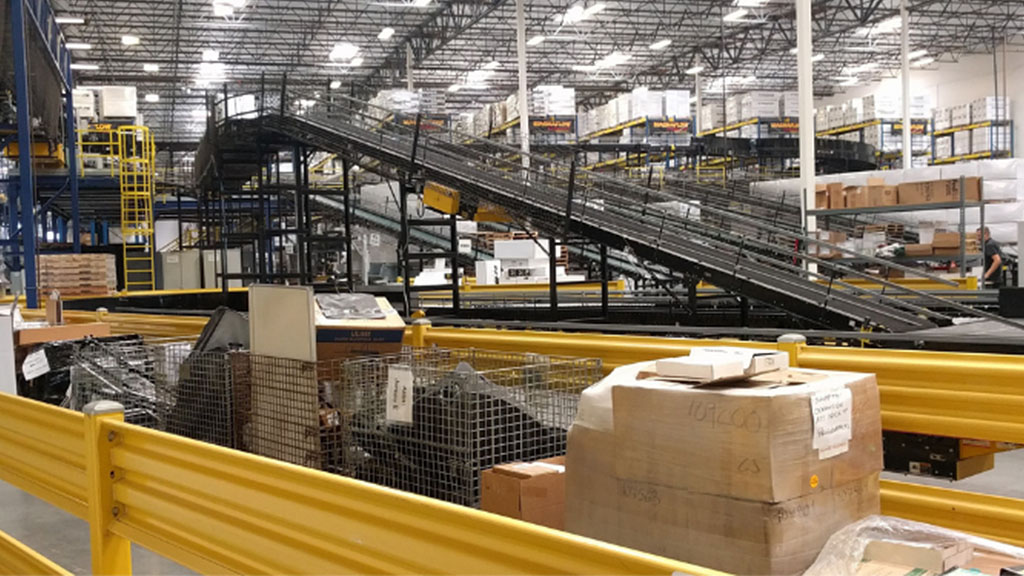
In The Media
![]() D Magazine
D Magazine
Surges in Online Shopping Are Putting Pressure on Logistics Operations
It's critical to understand design requirements for converting or building new distribution centers that can meet the challenges in last-mile delivery.
September 03, 2020